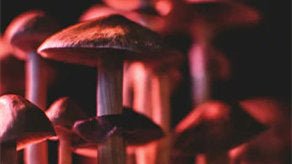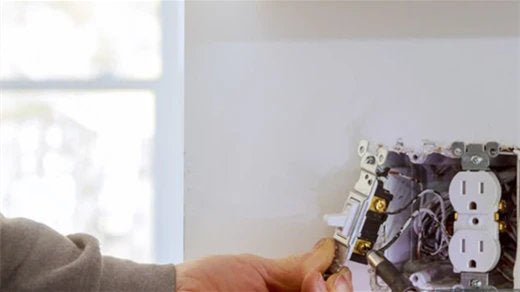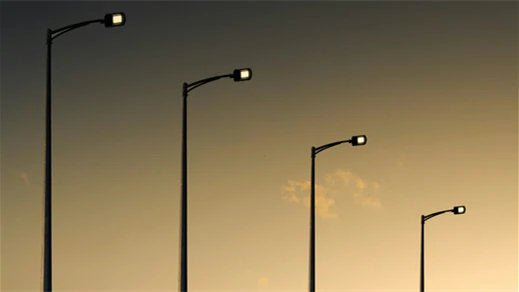Mushrooms, often associated with dark, damp environments, may seem unlikely candidates for light-dependent growth. However, while mushrooms do not require light for photosynthesis like plants, they do benefit from certain light conditions to stimulate growth and development. In this comprehensive guide, we will explore the role of light in mushroom cultivation, how to choose the right grow light for mushrooms, and essential tips for maximizing your mushroom yields using grow lights.
Do Mushrooms Need Light to Grow?
Contrary to popular belief, mushrooms do not rely on light for energy production through photosynthesis. Instead, they obtain their nutrients from organic matter through a process called saprotrophic nutrition. However, light does play a crucial role in certain aspects of mushroom growth, including:
- Triggering Fruiting: While mushrooms can grow in complete darkness during their initial mycelial stage, they require specific light conditions to initiate fruiting. Light signals act as a trigger for mushroom mycelium to transition from vegetative growth to the reproductive stage, where fruiting bodies (such as mushrooms) are formed.
- Orientation: Mushrooms exhibit phototropic behavior, meaning they grow towards sources of light. Proper light exposure helps ensure that mushrooms grow in the desired direction, optimizing their shape and size.
- Metabolite Production: Light exposure can influence the production of secondary metabolites in mushrooms, including pigments, antioxidants, and bioactive compounds, which contribute to their flavor, aroma, and nutritional value.
While mushrooms can tolerate low light conditions, insufficient light may lead to elongated, pale stems and reduced fruiting. Therefore, providing adequate light can enhance mushroom growth and quality.
How to Choose Grow Light for Mushrooms?
Selecting the right grow light for mushroom cultivation is essential to provide the appropriate light spectrum and intensity. Here are some factors to consider when choosing a grow light for mushrooms:
- Light Spectrum: Mushrooms benefit from full-spectrum lighting, including blue, red, and white wavelengths. Blue light stimulates vegetative growth and mycelium colonization, while red light promotes fruiting and development of fruiting bodies. White light provides balanced spectrum coverage for overall growth.
- Light Intensity: While mushrooms do not require high light intensity like some plants, providing moderate to low-intensity light is crucial for optimal growth. LED grow lights with adjustable intensity settings offer flexibility to meet the light requirements of different mushroom species and growth stages.
- Energy Efficiency: Choose energy-efficient LED grow lights to minimize electricity consumption and heat output. LED lights produce minimal heat, reducing the risk of overheating and creating a more stable growing environment for mushrooms.
- Durability and Lifespan: Invest in high-quality grow lights with durable construction and a long lifespan. Reliable LED grow lights ensure consistent performance and longevity, providing value for long-term mushroom cultivation projects.
- Size and Coverage Area: Consider the size of your growing space and the light coverage required for your mushroom setup. Select grow lights with appropriate dimensions and coverage area to evenly distribute light across your mushroom growing environment.

Tips to Use Grow Light to Grow Mushroom
Now that you've selected the right grow light for your mushroom cultivation, here are some tips to maximize its effectiveness:
- Optimize Light Cycle: Mimic natural light cycles by providing a photoperiod suitable for mushroom growth. Most mushrooms require a combination of light and dark periods to initiate fruiting. Consult specific recommendations for your mushroom species and adjust the light cycle accordingly.
- Positioning and Distance: Place the grow light at an appropriate distance above the mushroom substrate to ensure uniform light distribution without causing heat stress. LED grow lights can typically be positioned closer to the growing surface due to their low heat output.
- Monitor Light Exposure: Regularly monitor light exposure and adjust the light intensity and duration as needed. Avoid prolonged exposure to high-intensity light, which may cause photobleaching or other stress-related issues.
- Supplemental Lighting: In addition to natural or ambient light, consider using grow lights as supplemental lighting to provide consistent illumination, especially in indoor or low-light environments.
- Rotate Mushrooms: If growing mushrooms in trays or containers, periodically rotate them to ensure even light exposure on all sides. This helps prevent uneven growth and encourages uniform development of fruiting bodies.

By understanding the role of light in mushroom cultivation and implementing appropriate grow light strategies, you can optimize mushroom growth, enhance yield, and produce high-quality mushrooms consistently. Experiment with different light settings and techniques to fine-tune your mushroom growing process and achieve the best results. Happy mushroom farming!


































Leave a comment
This site is protected by hCaptcha and the hCaptcha Privacy Policy and Terms of Service apply.